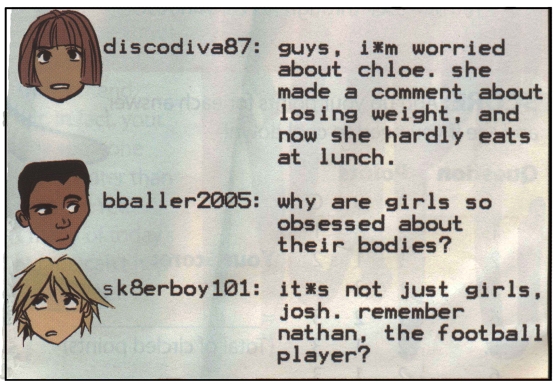Your Left Shoe Can Save A Life!
A baby or toddler dying in a hot car was once a fairly rare event. In the early 1990s, about four to five kids died a year in hot cars.
Tragically, those numbers have significantly increased, the average is now 40 to 50 deaths a year.
What the Difference?
Experts state there isn’t a single factor found to be a cause. They do think today’s vehicle’s electronic features like rolling car windows, and locking of car doors is a contributing cause.
Back in the day, a person had to hand crank the car windows to open and close them and push up and down buttons to lock the vehicle doors. Today, this is all done with the push of a button.
Do you think these manual operations served as a reminder you had a baby or toddler in the car?
Another factor to consider was before the mandatory use of car seats; I suspect parents both traveled with their babies so that one could hold the infant in the passenger seat while the other parent would drive. Today, in nearly every case of children left in a hot car, only one parent is involved.
Hot Car Deaths
There were 24 hot car deaths in 2015. This is the lowest number since 1998 when numbers were recorded.
In 2016, there have already been at least 19 hot car deaths. The hot, summer months of June through August are when most hot car deaths happen. Sadly, we can expect the number 19 to rise.
When outside temperatures reach 100° F, a car can heat up to 172° F.
Kids in Hot Cars
A review of past hot car tragedies identifies four main ways children can die in hot cars.
- They are left in a car by mistake when a parent forgets to drop them off at daycare
- They are forgotten on a bus or day care van by a worker transporting them to school or daycare
- They get in the car or trunk to play then become trapped
- They are left in a car by a parent or caregiver who simply doesn’t want to bring the child inside with them
Taking Precautions
Since these tragedies continue to happen to families that would never think they could leave their child in a hot car, it’s important to remember to take precautions so it actually doesn’t happen to your kids, such as:
- keeping your car locked and your keys out of reach, so kids can’t get in the car by themselves
- placing a reminder in the back seat, such as the keyless entry remote that locks a car (put it on a keychain separate from the car keys), your purse, wallet, briefcase, or anything else that you typically take with you and can’t do without
- consider locking your car manually instead of using the remote, so that you might remember if you left your baby in the car and always Look Before You Lock
- putting something on the dashboard, your keychain (like a pacifier), or car window to remind you that your baby may be in the car
- asking your daycare provider to set up a system where they call if you don’t show up with your baby and haven’t called in sick
- when you get home, bring your baby inside the house first and then bring in the groceries to avoid getting distracted inside the house and forget your baby outside in the car
- be extra cautious when you break from your typical routine, since that is when most hot car accidents happen
- and last but not least take off your left shoe and place it where your child is sitting
Never leave your child in the car. If you see kids alone in a car, call 911 and help make sure the kids get out quickly.
Even with the windows rolled down a little, it doesn’t take long for a car to heat up to the point that kids can get heat stroke.
Please share this post with your family and friends.





